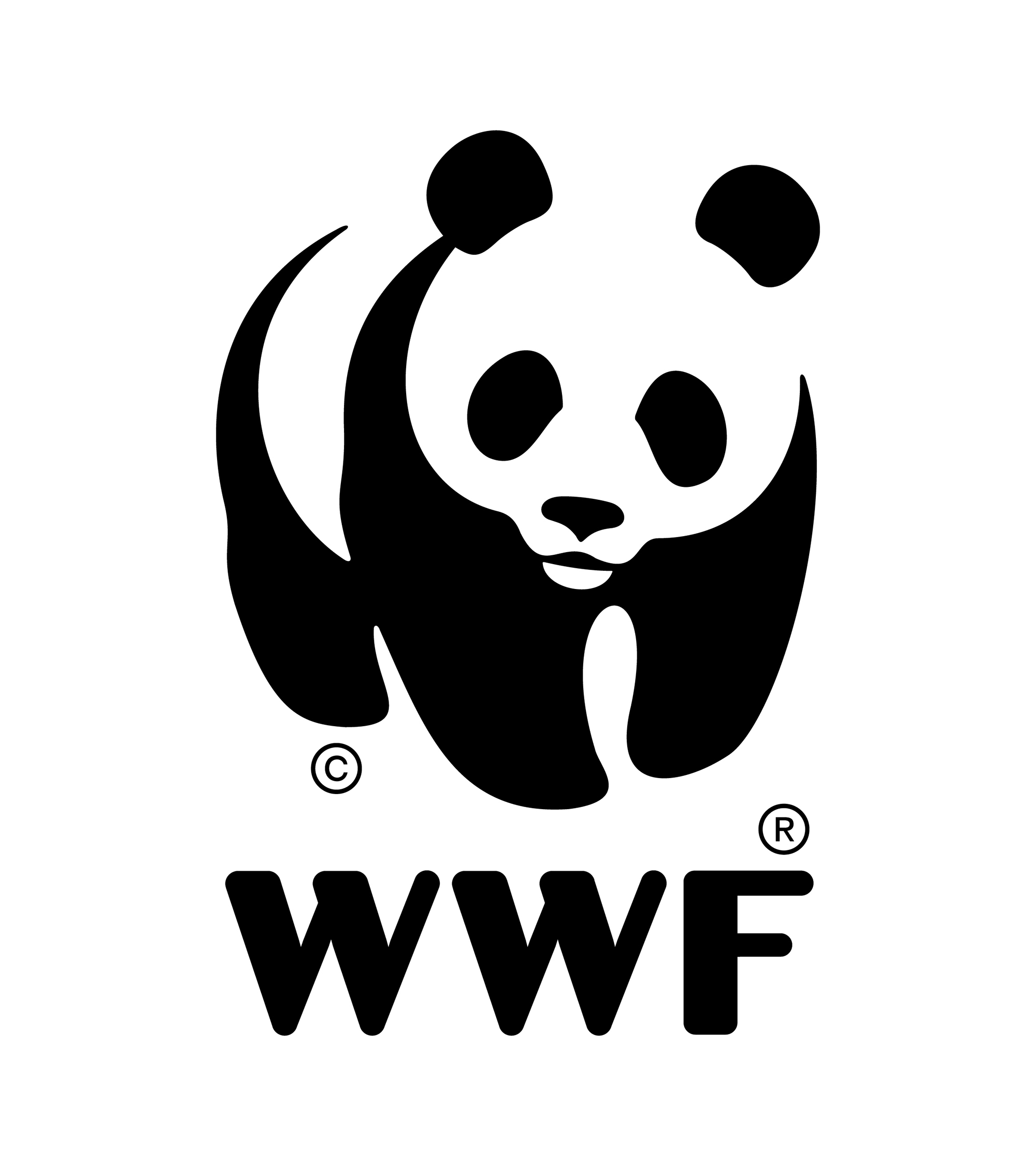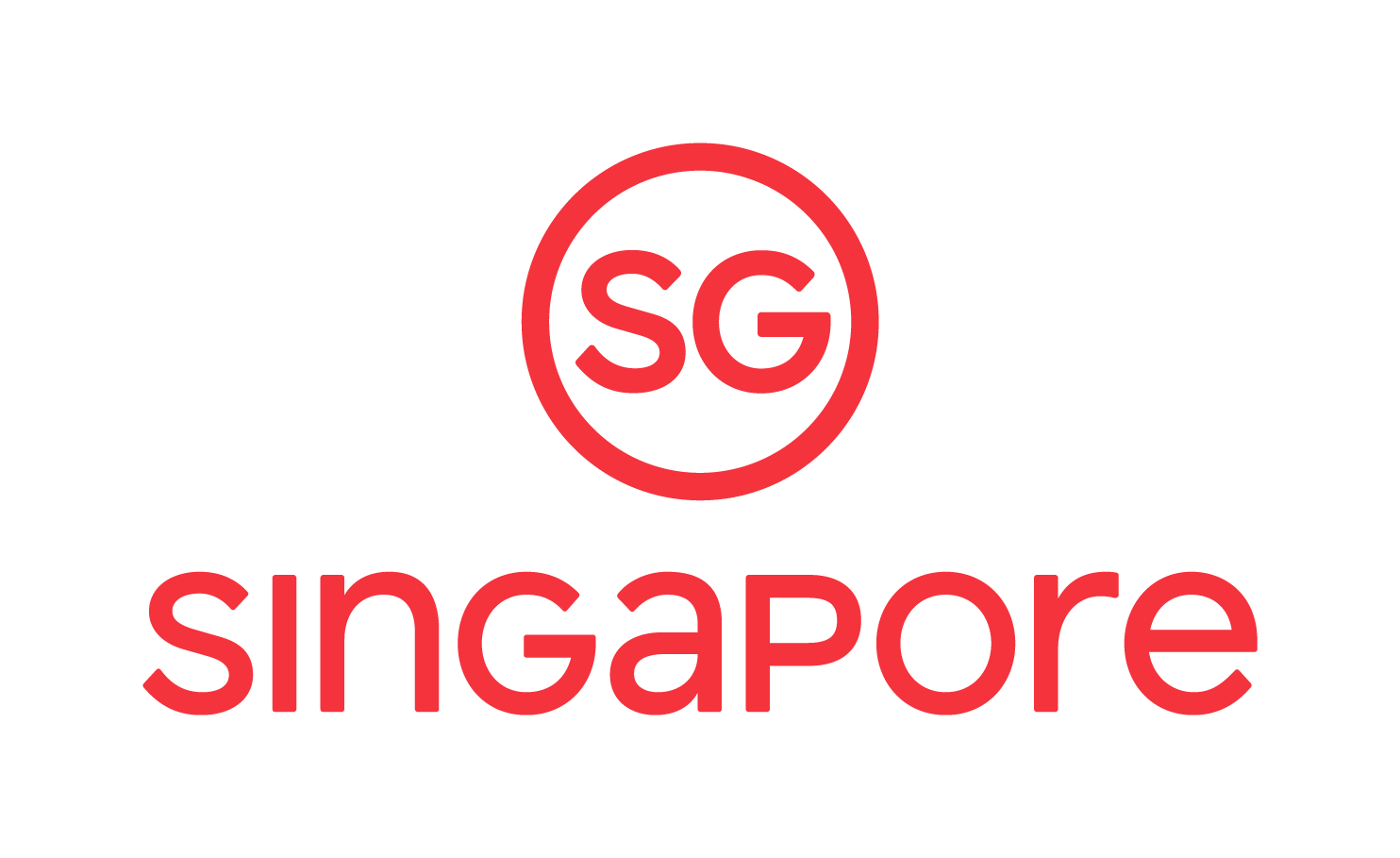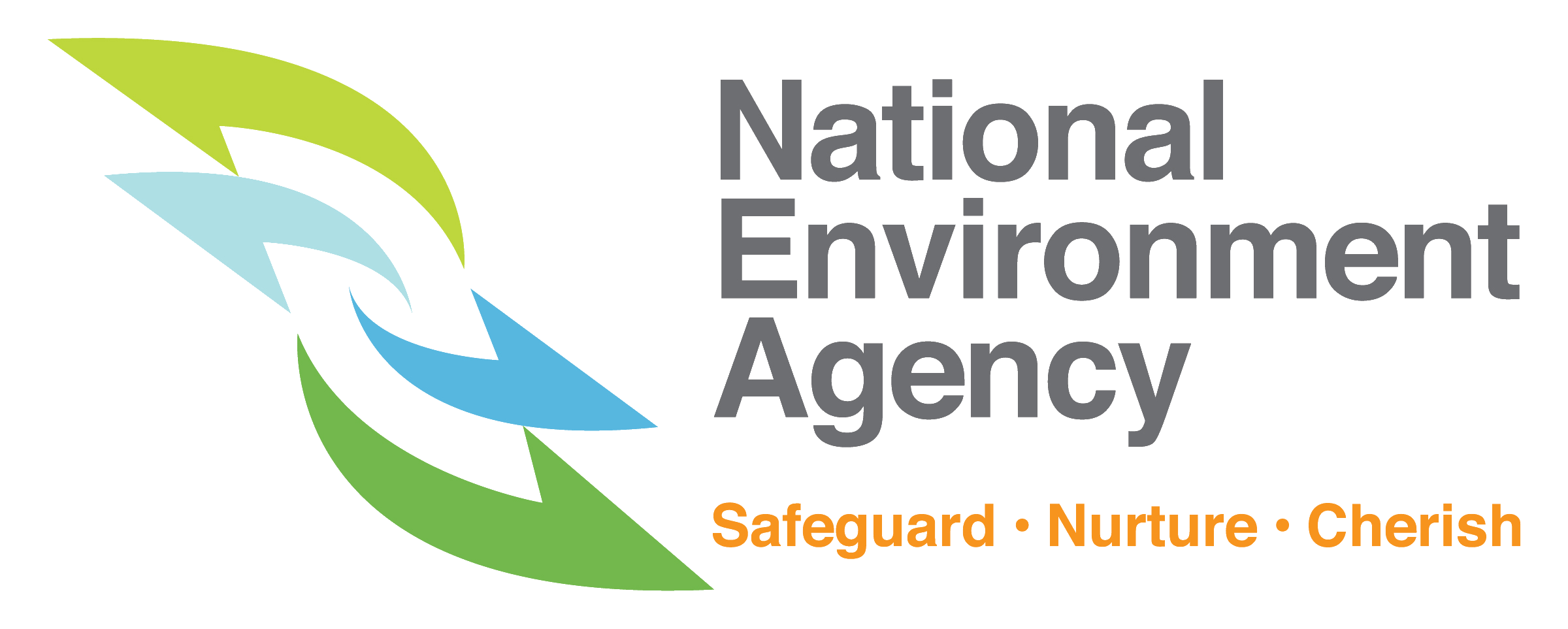Methodology
How was the Alternative Materials Tool created, and what are its limitations?
Return to the Alternative Materials Tool
The goal of the Alternative Materials Tool is to help easily select raw materials for packaging, with the least environmental impact.
This tool is developed for management and procurement teams of organisations looking at single-use packaging, such as in the HORECA sector. Users can refer to this tool when making strategic decisions about sustainability, such as what kind of packaging to use, and whether to eliminate the use of plastics.
The Alternative Materials Tool ranks the top 10 materials with the least environmental impact. To do this, it uses context-specific waste management statistics and information particular to Malaysia, the Philippines, Singapore and Thailand, as well as life cycle environmental data from Ecoinvent and other scientific literature to assess over two dozen materials commonly used for packaging. These materials are assessed based on product type (e.g. rigid/flexible, food/non-food), size and function. The environmental impacts calculated cover raw material extraction, manufacturing, and waste treatment in the country where the packaging will be used.
For upstream (raw material extraction and manufacturing) impacts, global averages were used because country-specific life cycle data is not widely available. However, for downstream (waste treatment) impacts, the tool modifies global data using country-specific diversion rates to predict how sustainable the waste treatment of a given material will be.
Because the volume, format and function of a packaging product all affect how much material is used, the tool filters environmental impact based on these categories. For recycled materials, it uses the market average ratio of virgin to recycled material to calculate their sustainability because there are very few packaging products made from 100% recycled material. In the case of plastics, the impact of materials with a high portion (~75%) of recycled content is shown alongside the impact of materials with a lower (~25%) portion.
After assessment, each material is assigned an “overall score” that will change depending on the packaging type, the volume or size of the desired packaging, and the functions required by the user. This process involves three main steps.
Step 1: Identify the availability and mass of the material
The first step in the assessment is to identify whether a given packaging material is widely available in the market for specific product characteristics (type, size, and function) by researching actual online packaging suppliers. For each combination of packaging type, size, and function, an actual packaging product on the market was identified to serve as a reference for how much of a given material it requires in grams. For “Bags”, it was determined that size was too ambiguous to assess, so the categories “Lightweight” and “Heavy-Duty” were used to denote variations in material thickness.
Step 2: Assess the upstream and downstream impact of the material
In order to determine the sustainability of each material for a given combination of packaging type, size and function, life cycle data on environmental impacts were collected from the abovementioned sources. For materials that cannot be assessed using the database, scientific literature was used to identify as many impact categories as possible and used the closest material equivalent as a proxy in all other categories. All impacts are calculated per kilogram of material to allow for direct comparison.
The downstream impact calculation includes an additional consideration of how packaging materials perform in terms of reusability, compostability, recyclability, potential for littering and the resulting damage to the environment based both on the material itself and product characteristics. “Recyclability“ and “Compostability“ are calculated by combining the theoretical recyclability or compostability of a material with the likelihood and feasibility of that material actually being recycled or composted in the country of use.
Step 3: Assign overall score and compare packaging materials
In order to compare materials in a clear manner, an overall score for each material is calculated. The scores adjust themselves for each combination of packaging type, size, function, and country of use. This requires translating the quantitative results into a relative impact level, by converting the impact for each material in each impact category into a percentile ranking. In other words, the material that has the most environmental impact and is the least sustainable among all assessed materials will have the highest rank (100%), while the material with the least environmental impact and is most sustainable will have the lowest rank (0%).
Then, the percentile ranking is converted into five labels (Very Good, Good, Medium, Bad, and Very Bad) based on ranges of percentile ranking (e.g. 0% – 10% = Very Good). The final step is to translate the quantitative label into a single score.
A specific score is assigned to each level of impact (e.g. Very Good = 5, Very Bad = 1) which would result in a cumulative score of 100 if the packaging had zero negative impact and was totally in line with circular economy principles – no material currently gets a full score. Not all impact categories are equally critical to the environment or to the goal of zero plastics in nature, so the categories are weighted. This weighting was developed with three factors in mind:
- Planetary Boundaries – land use change is one of the most transgressed planetary boundaries and is directly related to the raw material and manufacturing impacts of packaging material choices
- Human Health & Safety – the toxicity of materials to humans must be of high priority when selecting materials or products
- End of Life & Downstream Impacts – this tool has been developed as part of WWF’s No Plastics in Nature initiative, with a particular focus on optimising material choices to reduce the damage from downstream impacts such as marine litter and landfilling
The overall score can be used to quickly decide which material users should prioritise when procuring packaging to use in their country.
Limitations
- The Alternative Materials Tool covers raw material extraction, manufacturing, and the impacts of waste treatment in the country where the packaging will be used; however, the tool does not consider the impacts from product design, additives, laminates or functionalities of the millions of additives currently used in packaging. Impact from import or distribution within the country is also not considered as these vary immensely from supplier to supplier.
- Only mono-materials (single material) are considered, with little to no additives, except beverage cartons which are multi-layered and included due to their popularity in use. Examples of packaging that are not mono-material: Paper cups, reusable plastic containers, sandwich wrappers and potato chip packs.
- The material listed does not take into account whether it will be durable for their requirements (e.g. how long the packaging can keep the food fresh)
- Due to the limitations in type of packaging product, items like stirrers, straws, lids and cutlery are not ranked. Some of these items can be considered unnecessary and PACT does not encourage their use.
- Currently, only packaging used and disposed in Singapore, Malaysia, Thailand and the Philippines are considered in this tool.
- Calculations do not include economical factors such as cost, resource depletion (which varies from country to country) and technology.




